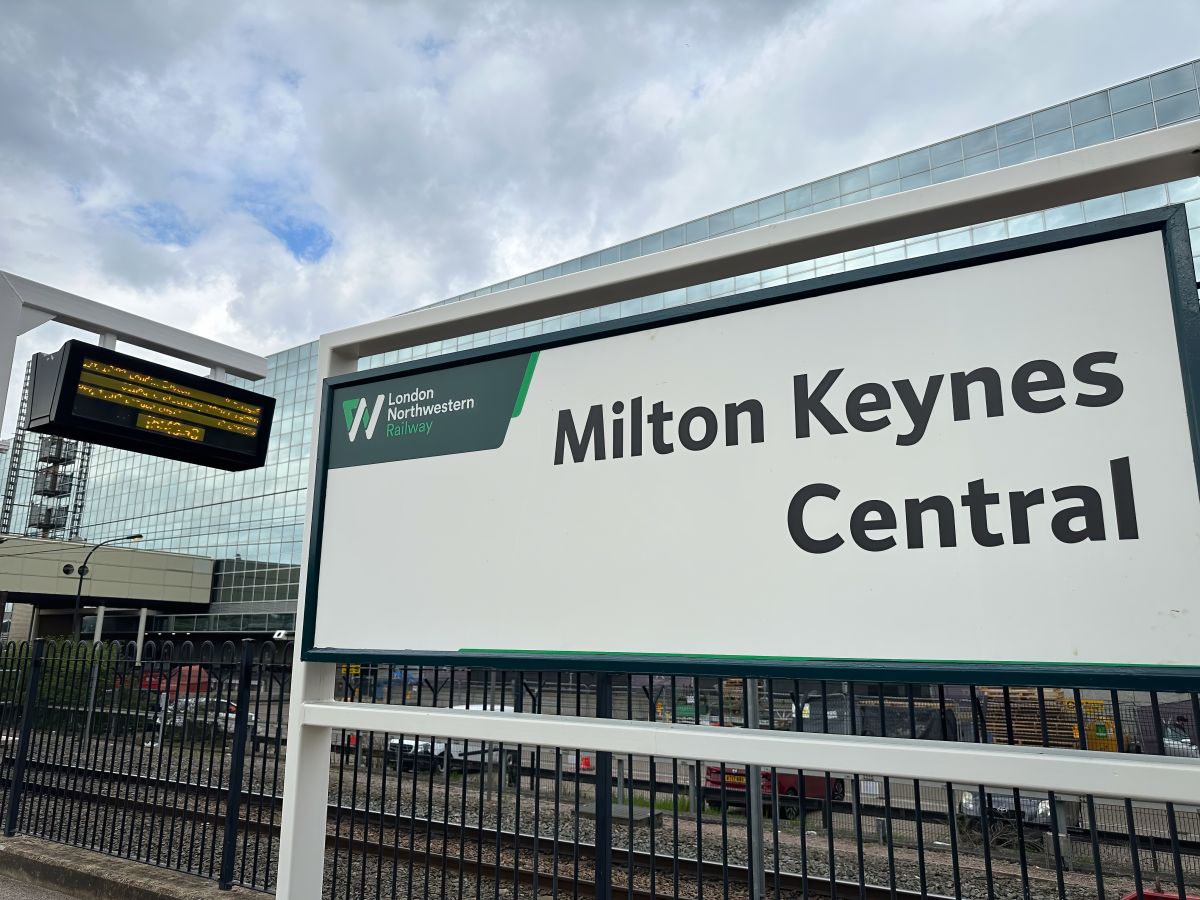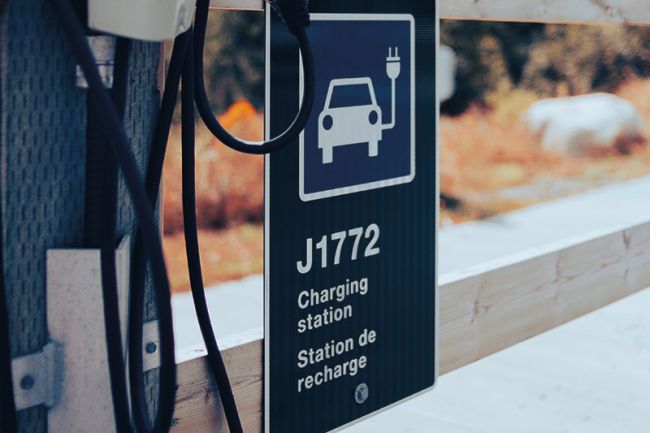New towns, old ideas: What can we learn from the history of new towns?
As the new Labour Government eyes its 1.5 million housebuilding target the obvious question is where will these homes go?

As the new Labour Government eyes its 1.5 million housebuilding target the obvious question is where will these homes go? As part of our wider series looking at how the UK will build more and better homes, our New Towns miniseries will explore the past, present and potential of New Towns to meet the UK’s housing needs.
The Government rose to power on a promise to ‘get Britain building’ and one of its most headline-grabbing policies was to create the next generation of New Towns.
Often-maligned as ‘ugly,’ ‘soulless’ and ‘boring’ New Towns were an answer to a housing crisis of a different kind in post-WWII UK. Following extensive damage to housing stock due to the protracted bombing of cities during the war (and later seen as a solution to urban overcrowding) the New Towns Act (NTA) saw 32 settlements completed between 1946 - 1973 across the UK.
New Towns were constructed in three waves, the first of which included Stevenage, Hemel Hempstead and Basildon. Today these places, along with locales outside the Southeast like Runcorn and Telford, have a mixed reputation but does their history offer any lessons for Labour?
In theory: Housing utopia
New Towns were dramatically different from the Concentric Ring Model (CRM) that everyone will remember from their school geography lessons and that defined the unplanned urban growth associated with the industrial revolution.
The central business district, transitional zone, working class zone, residential zone and commuter zone ‘rings’ that defined CRM were to go, replaced by unitised residential areas (with an emphasis on social home provision) organised around amenities like schools and hospitals, with segregated industrial zones to protect from noise and pollution.
The ideology behind New Towns focused strongly on designed-led solutions and revolutionary features such as dedicated public transport provision to allow movement throughout the town, innovations to encourage walkability like covered underpasses and pedestrianised town centres, as well as the UK’s first covered shopping centres. Green spaces were also key following the Garden City experiment of the 1900s; low-density housing allowed for grass verges and front gardens, formal and informal parks often separated residential neighbourhoods, and a green belt for agricultural and leisure use was envisaged for each town. But did the theory deliver in practice?
In practice: The good the bad and the ugly
Today over three million people live in New Towns, and they have come a long way since the post-war era. After a rocky start with many original residents suffering from the ‘New Town blues’, attributed to a lack of community ties and social atmosphere, now some perform well in national rankings albeit not for the reasons intended by their designers.
In 2024 the Sunday Times ranked Milton Keynes fifth in its UK ‘Best places to live’ index thanks to the town’s green spaces, strong infrastructure and car-free walkways. For these reasons as well as affordable housing Milton Keynes and other New Towns such as Hemel Hempstead prove popular with young families and first-time buyers.
However, their affordability, rail connectivity (each has its own station), and proximity to London has given many New Towns commuter town status, running contrary to their intended purpose as self-contained economic and social units.
Likewise, the rise of the personal vehicle has seen New Towns characterised by high levels of car dependency making many of their well-intentioned design features redundant or worse.
New towns have good transit connectivity and extensive active travel networks (Milton Keynes is home to the highest percentage of cycle lanes on roads in the UK at 16%), but the planning ideology behind these decisions has not always translated into reality. The low-density housing favoured by planners created extensive roads and other infrastructure which per head is expensive to maintain, creates longer journey times and means that public transit is costlier to fund resulting in high car-dependency.
Modern planning decisions have not always helped matters. Large, out-of-town developments such as retail parks and leisure facilities are common in New Towns and car use is encouraged, for example Basildon Sporting Village lies only 1.2km from the Basildon’s central train station as the crow flies but has over 450 car parking spaces which are at capacity most evenings and weekends.
Developments such as these undermine the original New Towns vision further by contributing to town centre decline and increased car dependency with poor public transport alternatives. Today many New Town centres are rundown with little footfall while their underpasses and walkways are disused, unappealing and associated with antisocial behaviour and crime while residents use their cars to access retail parks.
Lessons for Labour
Modern planning has advanced a great deal since the post-war era and the last decade in particular has seen a paradigm shift in favour of active and sustainable transit over personal vehicle use. If Labour is to deliver on both its 1.5 million housebuilding target and reduce carbon emissions, the Government will need to combine the good intentions of the original new town planners with some up-to-date planning orthodoxy.
In the original New Towns, transport planning was a secondary affair, retroactively designed after housing neighbourhoods, in short the same issues faced by organically grown settlements. The Government now has a chance to learn the lessons of the original New Towns and build a generation of connected, sustainable and healthy communities.





















